#MisjaStadion: We're at 40-43 out of 100
source: StadiumDB.com; author: michał
 Initially we hoped to add/update all presentations by the end of 2018 but working schedule proved too busy. However, we now have all 100 new/updated Polish presentations ready for you and will publish them in upcoming days and weeks, as we also prepare to host Stadium of the Year...
Initially we hoped to add/update all presentations by the end of 2018 but working schedule proved too busy. However, we now have all 100 new/updated Polish presentations ready for you and will publish them in upcoming days and weeks, as we also prepare to host Stadium of the Year...
Advertisement
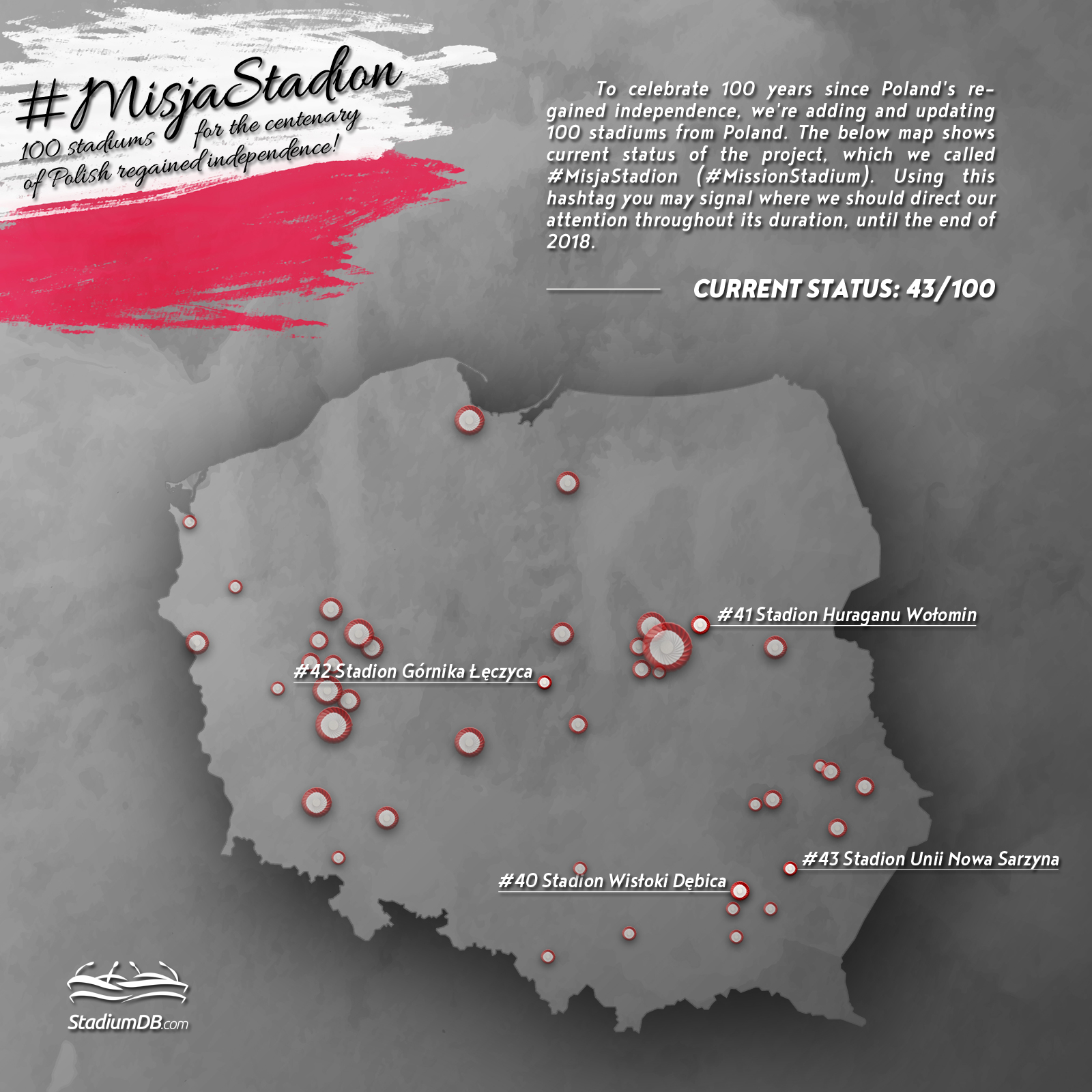
Stadion Wisłoki, Dębica (1,988 seats)
In order to properly celebrate 50 years of Unia Dębica, one of Polish Subcarpathia's oldest clubs, it was decided that the team would get a new stadium. Its construction began in 1957 and was largely financed by local tire plant.
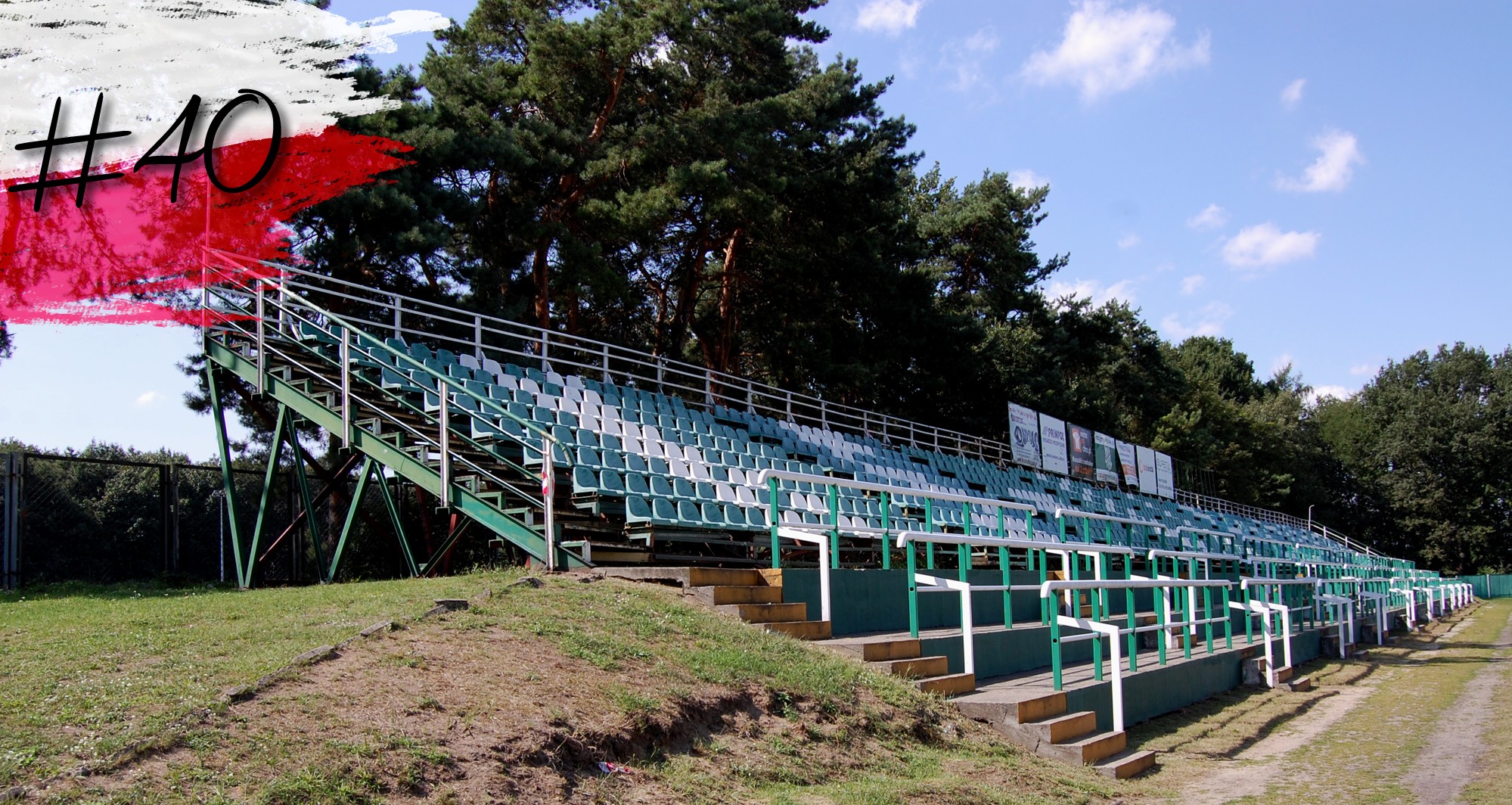
It took less than a year to complete, just in time for July, when new projects were usually delivered during the socialist era, commemorating the PKWN manifesto of July 22. Also along tradition, the stadium was opened with a parade of athletes. That same year the sports team changed its name to Wisłoka (after local river) and the stadium has since been known commonly simply as Wisłoka's stadium.
Contrary to the old stadium at ul. Wilusza, the new ground was able to hold several thousand people, enough to cope with demand after the 1957 promotion to Poland's third tier. In the following decades the stadium saw promotions to the 2nd league and even a Polish Cup quarterfinal but also played host to non-football events of both sporting and community nature.
Its current shape is the outcome of several renovation efforts, which saw the west stand expanded and equipped with bright blue seating. It also offers a terrace, however it's not officially in use. The east side remains the main one due to proximity of the club offices and changing rooms. A modest roof protects selected guests while also holding the commentators' cabin. The east side also hosts the away enclosure.
The stadium plays a big role in Wisłoka's fanbase, as proven by volunteer efforts of supporters to renovate the ground's paintwork in 2016.
Stadion OSiR, Wołomin (1,000)
Stadion OSiR Huragan in Wołomin, just outside Warsaw, lies along the town's railway line, thus its alignment to the railroad rather than usual north-south axis. It was built in early 1930s, nine long years after the football club was established. Before opening, the team had to use local meadows for games.
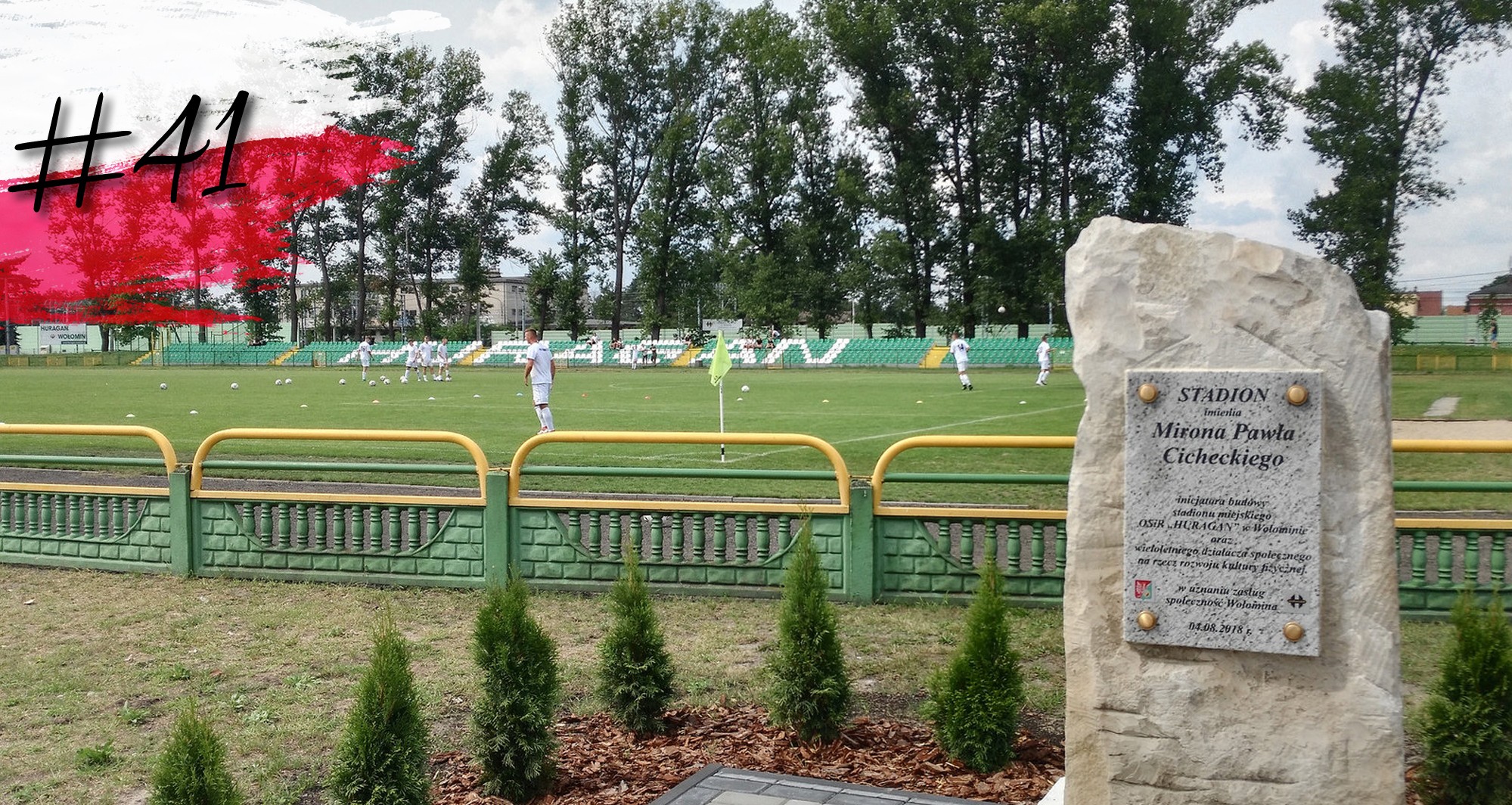
Construction of the ground was enabled by funds from the national physical culture administration (PUWFiPW). Initiator of the grand project, Miron Paweł Cichecki, was in 2018 commemorated by inclusion in the stadium name.
Following WWII the stadium saw numerous minor redevelopments and gained its current shape. Its natural field is surrounded with gravel running track, accompanied by a single grandstand in the north, currently mostly seated. Initial layout included crescent shaped auditorium, remainders of which can still be seen along the curves. The south side is occupied by the main building of Wołomin's sports centre, which houses the changing rooms.
Stadion Miejski, Nowa Sarzyna (950)
Stuck between the main road and railway tracks, the municipal stadium in Nowa Sarzyna is part of the town's sports complex, along with a training field and Olympic-sized swimming pool.
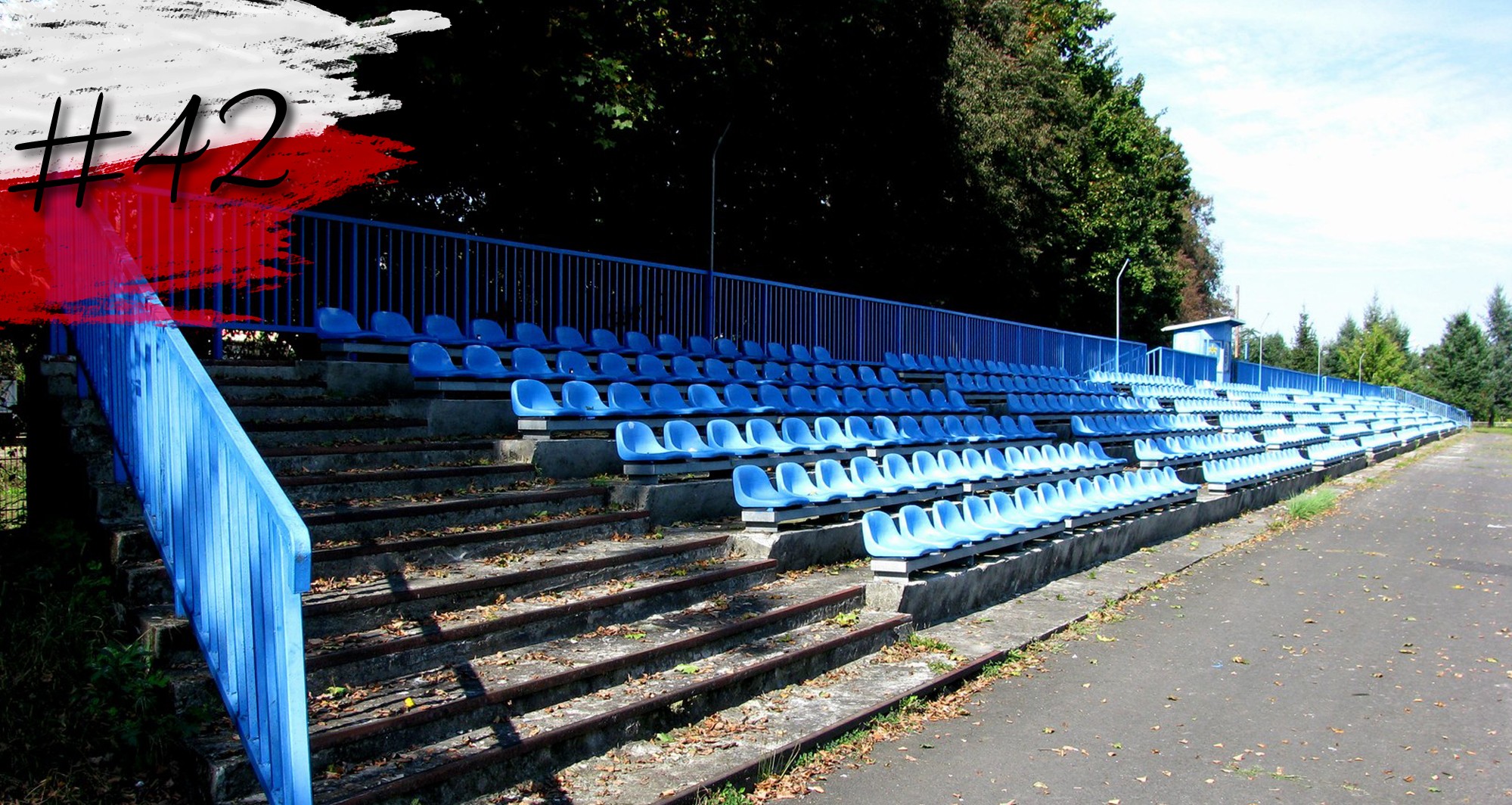
Physically able to hold more people, the ground has capacity limited to its west stand, the only one to be equipped with seats. A grandstand identical in size exists in the east, though only a small enclosure for travelling supporters is in use.
The field is surrounded by gravel running track and players use the administrative building south of the stadium as changing facilities.
Stadion Miejski, Łęczyca (600)
Located almost at the heart of the 15,000-strong Łęczyca, local sports stadium was subject to conflict for over a decade between footballers and runners. Reason for that is very simple, the ground is spatially constrained and any redevelopment would either rule out a regular field (106x68m) or a full 400-meter running track. As a result it remained unchanged since early 2000s.
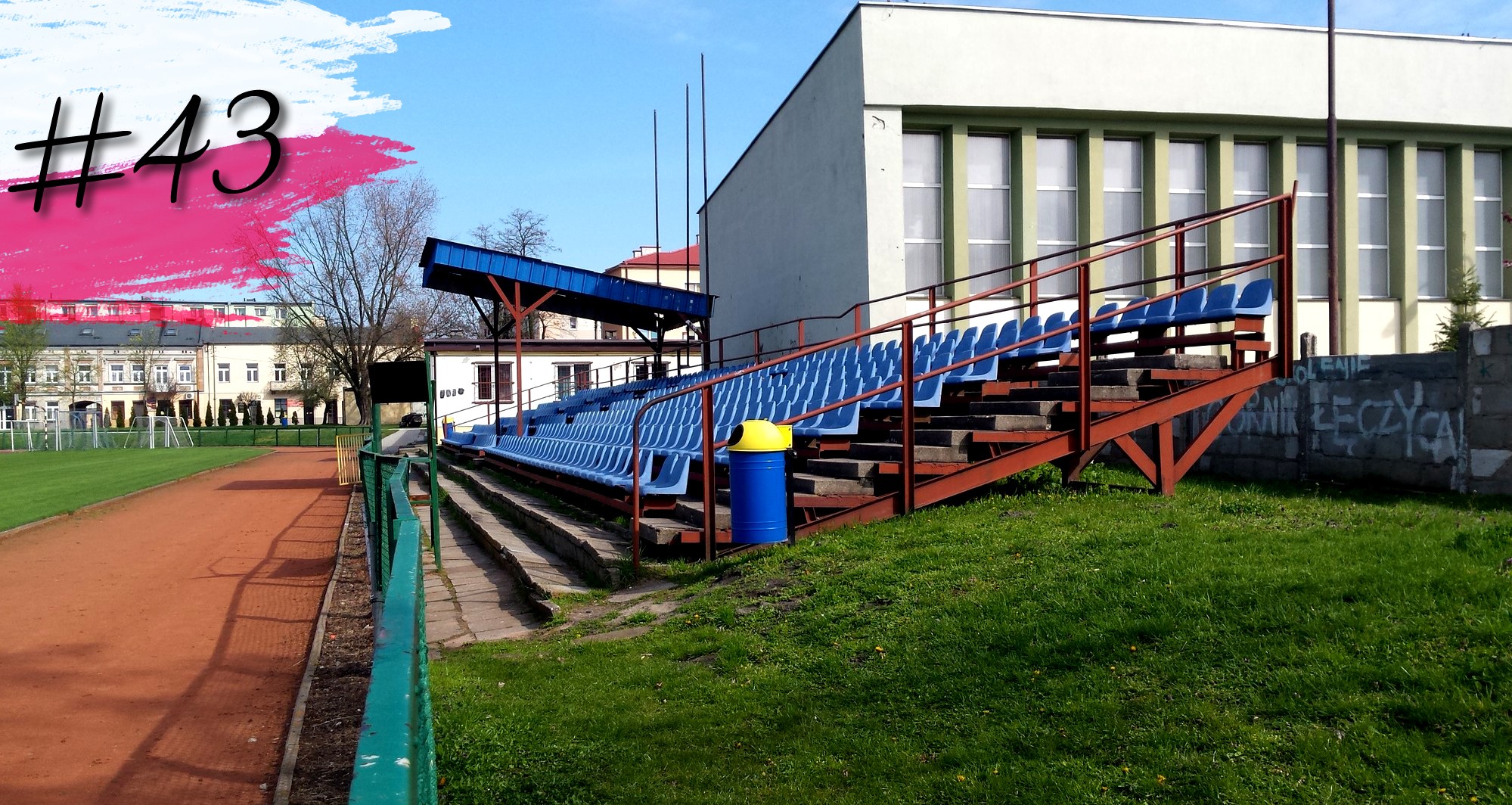
Partial renovation came in 2006, when the stadium's changing rooms were redone and its main stand (east) received individual seats. The east side remains with wooden benches to this day. Contrary to most Polish stadiums, the one in Łęczyca has steel grandstands rather than concrete or very common landfill layout.
Advertisement
 StadiumDB
StadiumDB